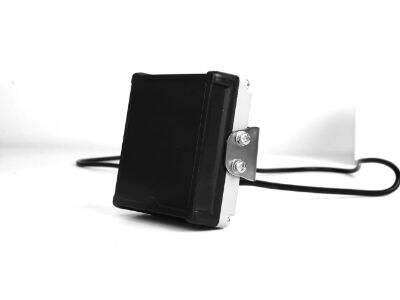KYSAIL tumbler radar sensors are a special tool for visualizing the level of liquid in large storage tanks. Their high accuracy sensors provide valuable insight.
How Radar Sensors Work
Radar sensors measure the liquid level inside a tank using special waves. These waves reflect off the top of the liquid, and return to the sensor. The millimeter wave radar sensor can then determine the precise amount of liquid inside it by calibrating how much time it takes for the waves to come back. That something means that people always know how much liquid in their tank.
Benefits of Radar Sensors
Some archaic methods of measuring liquid levels require inserting a rod (or tape) into the tank. This can be messy and occasionally hazardous. 77G Radar Sensor never touch the liquid. They read the level from the outside of the tank, making it way safer as well as easier for someone to check their liquids without spills or accidents.
Working in Tough Conditions
In certain environments, there may be considerable amounts of dust, steam, or other interferences that impact the accurate measurement of liquid levels. In these extreme conditions, 77G Radar Sensor perform exceptionally. They can still provide accurate readings even in dirty air or extreme heat. This makes them useful tools for factories and other harsh environments.
History of Radar Sensors: Saving Money
Radar sensors can be slightly more expensive up front, but they have the potential to save individuals money long-term. Because they are so accurate, people do not overfill or underfill their tanks. This allows them to avoid wasting liquid and the potential accidents that could lead to paying even more to fix their mistakes. It helps in better liquid handling of people with the help of radar sensors.
Real-Time Information
Radar sensors are great because they can be used for immediate level information in objects in the liquid state. This means people now could always see how much liquid they have at any time. They do not need to wait for someone to come check the tank or worry about incorrect readings. This ensures that people get reliable information and up-to-date information as long as they need it with radar sensors.

 EN
EN
 AR
AR
 HR
HR
 CS
CS
 DA
DA
 NL
NL
 FI
FI
 FR
FR
 DE
DE
 EL
EL
 IT
IT
 JA
JA
 KO
KO
 NO
NO
 PL
PL
 PT
PT
 RO
RO
 RU
RU
 ES
ES
 SV
SV
 IW
IW
 ID
ID
 LV
LV
 LT
LT
 SR
SR
 SK
SK
 SL
SL
 UK
UK
 SQ
SQ
 ET
ET
 HU
HU
 TH
TH
 TR
TR
 FA
FA
 AF
AF
 MK
MK
 KA
KA
 UR
UR
 BN
BN
